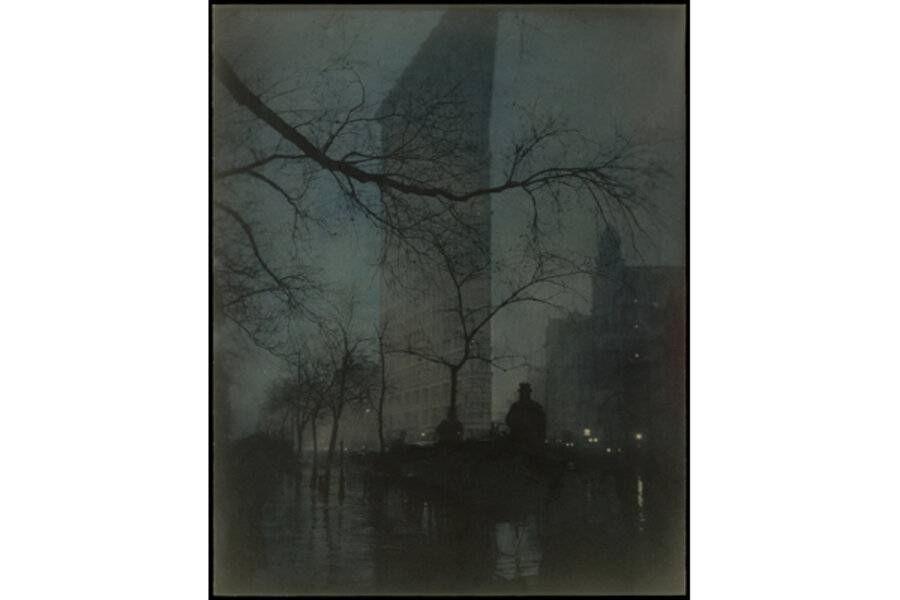Two great books about NYC architecture
Loading...
More than a century after their births, they still stand as shining examples of architectural daring and Big Apple braggadocio. Look skyward in Manhattan and you may glimpse their shapes: the gothic "Cathedral of Commerce" and the weird triangle-shaped building that thankfully avoided becoming known as "The Cowcatcher."
These skyscrapers, the Flatiron and Woolworth buildings, set new standards for a city ever moving upward, if not always onward. You can read about their stories in two recent books that aim to find the soul in the steel.
The most engaging tales come in this year's The Flatiron: The New York Landmark and the Incomparable City that Arose with It. The author, Alice Sparberg Alexiou, belongs to a family that co-owned the building for 50 years. "I love it so much," she writes. "To me, this building embodies the very essence of our city. "
She brings the building alive by profiling not only its owners and tenants but also the city's mixed reaction to it. Photographers and artists adored it, critics despised it, and passersby feared the wind would blow it over. In fact, the Flatiron survived the weather just fine but created wind tunnels in nearby streets. There's a legend, probably untrue, that the term "23 skidoo" was invented by cops to shoo away men who waited for skirt-wearing women to walk by and get buffeted by leg-baring gusts.
The Skyscraper and the City: The Woolworth Building and the Making of Modern New York by Gail Fenske, has much more of an academic tone than "The Flatiron" – it calls the skyscraper a "brilliant cynosure for the modernity of its times" – and costs a pretty penny at $65 a copy.
For the extra money, 2008's "The Skyscraper and the City" offers plenty of nitty-gritty details about topics ranging from the rise of the Woolworth dime-store empire to the construction of the building itself (the buttresses, the water supply, the sanitation system, and even "tourelles vs. astylar piers").
As the author writes, the building was more than a home to offices: It entertained and amused, became a tourist attraction and, above all, served as a top site for "high-style consumption."
Many readers will prefer to leave the verbiage behind and simply enjoy the book's many grand photos of the building that was once the world's tallest.
Both the Flatiron and the Woolworth were born back in the day when America was fairly weak but its skyscrapers were the grandest on earth. Now the roles are reversed: Our skyscrapers have lost the battle to reach highest into the sky while our nation dominates the world.
But the best of these monumental buildings still transcend their natural-born excess to find a state of beauty, grace, and magic.
Randy Dotinga regularly reviews books for the Monitor.





